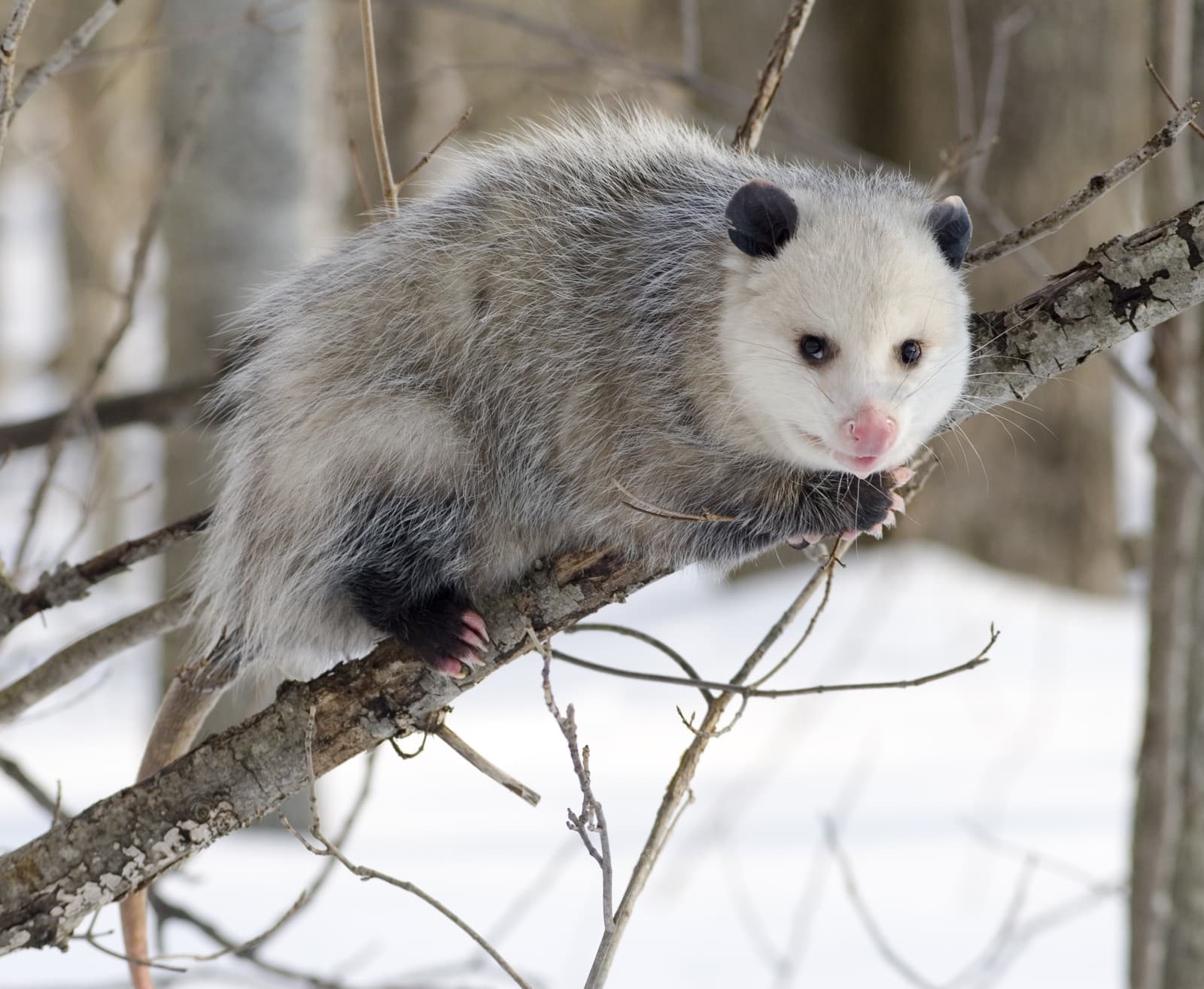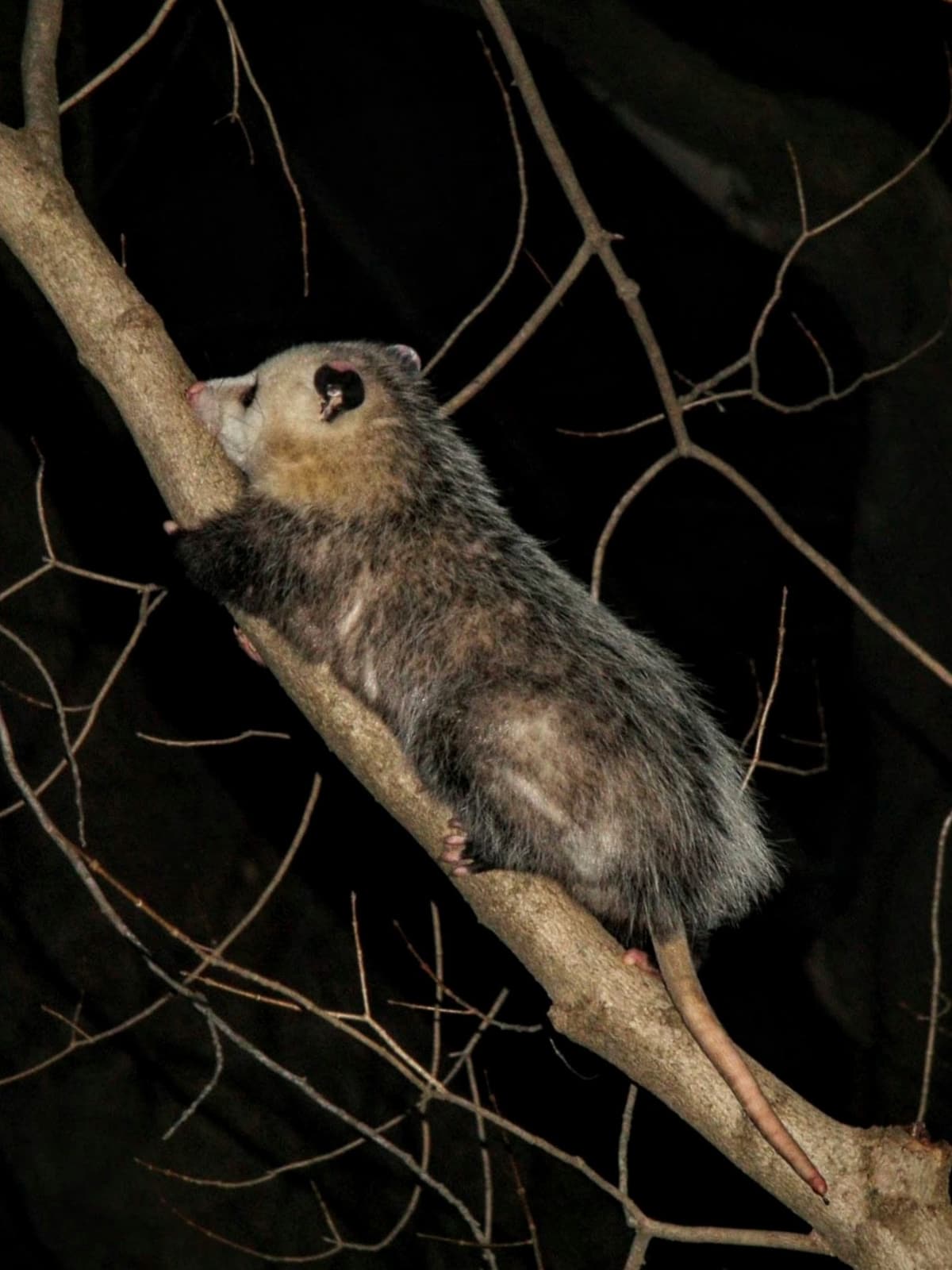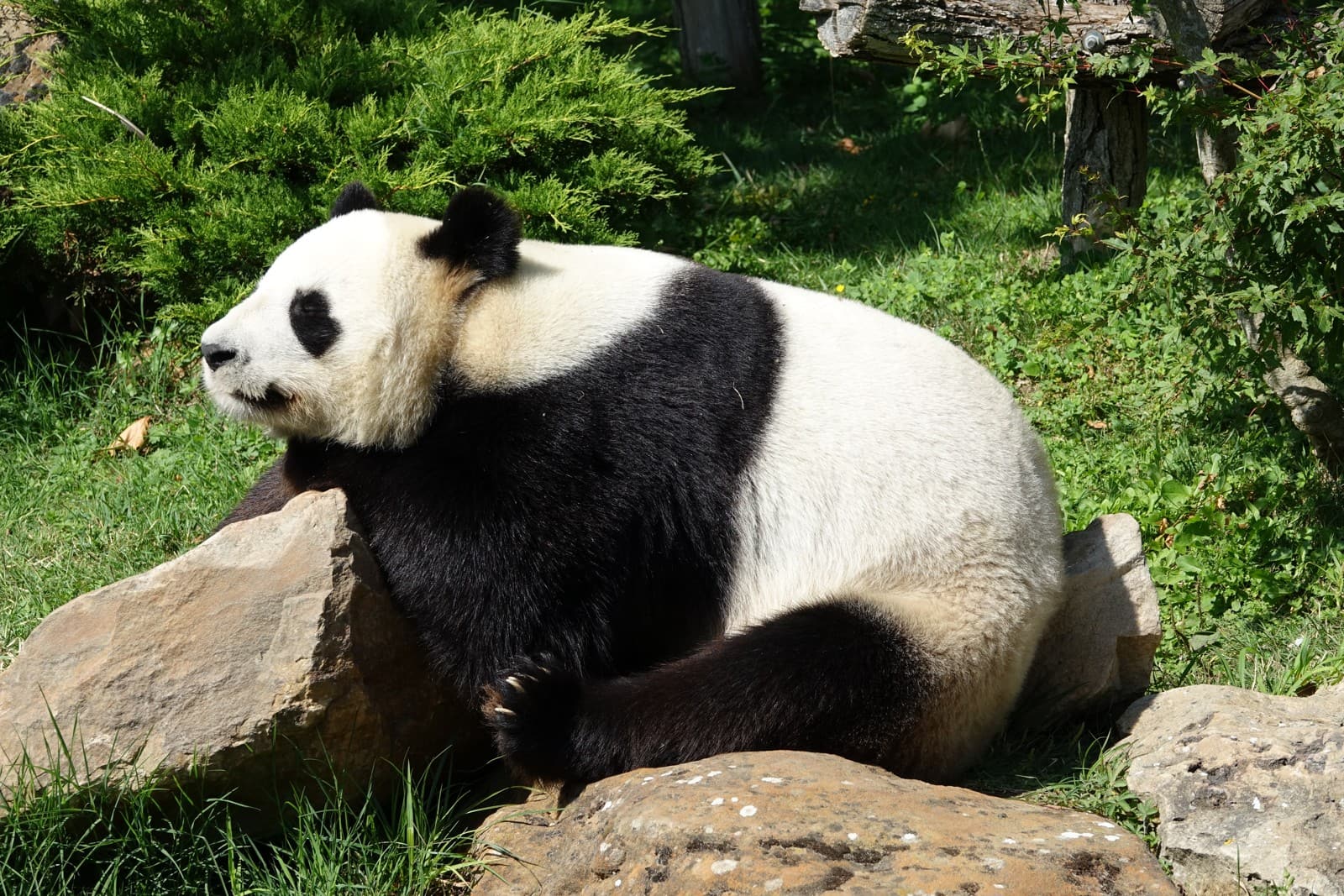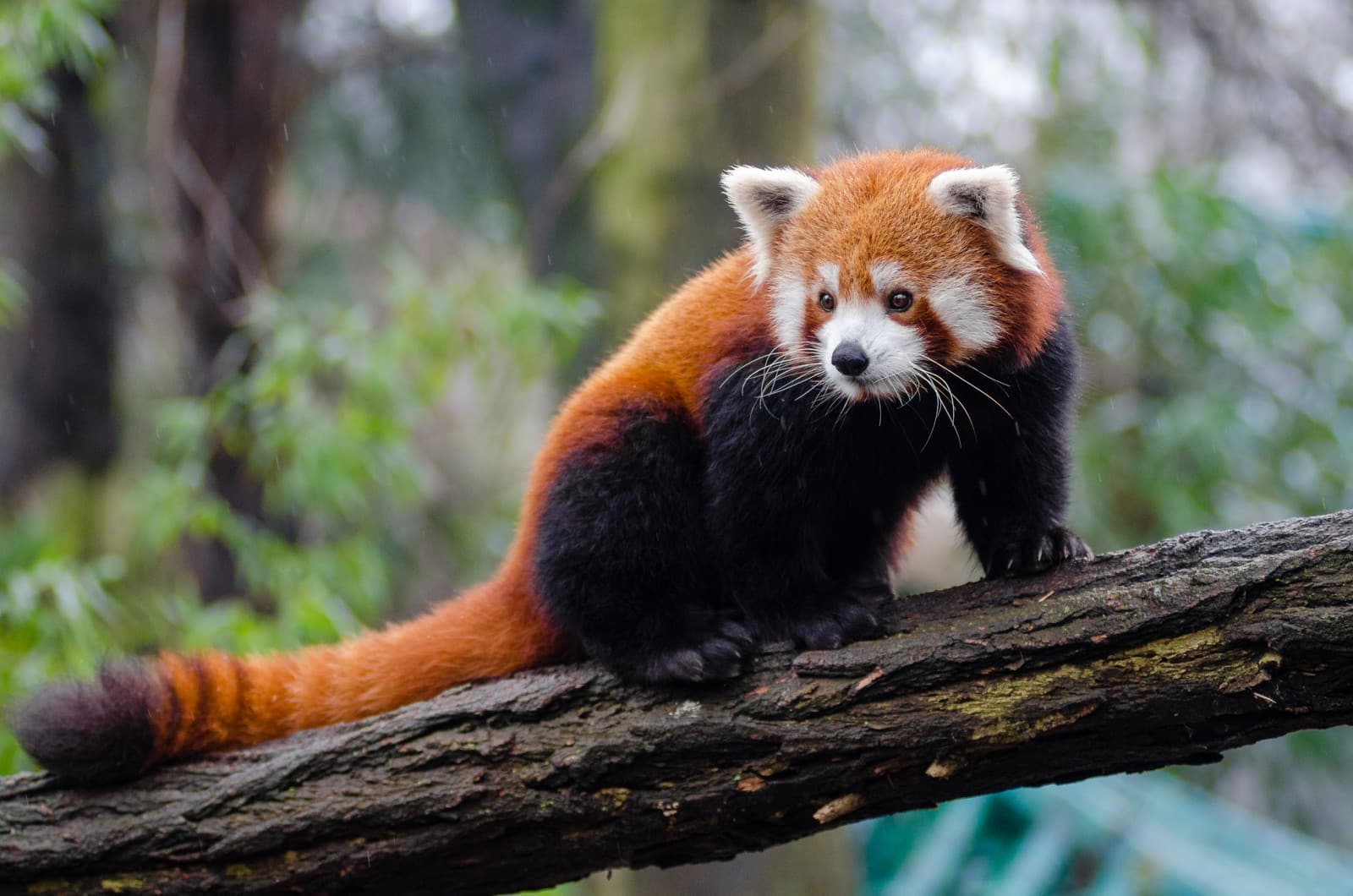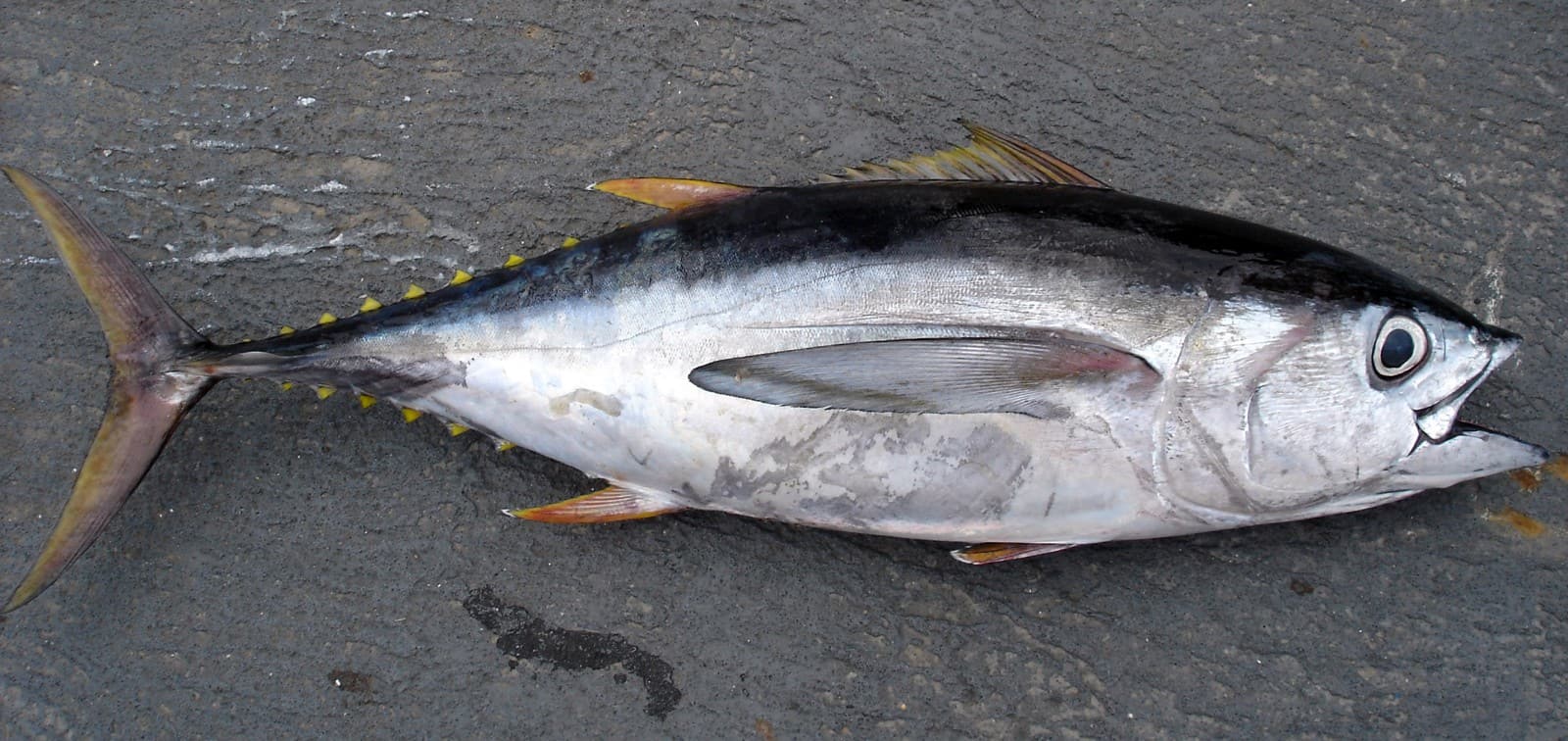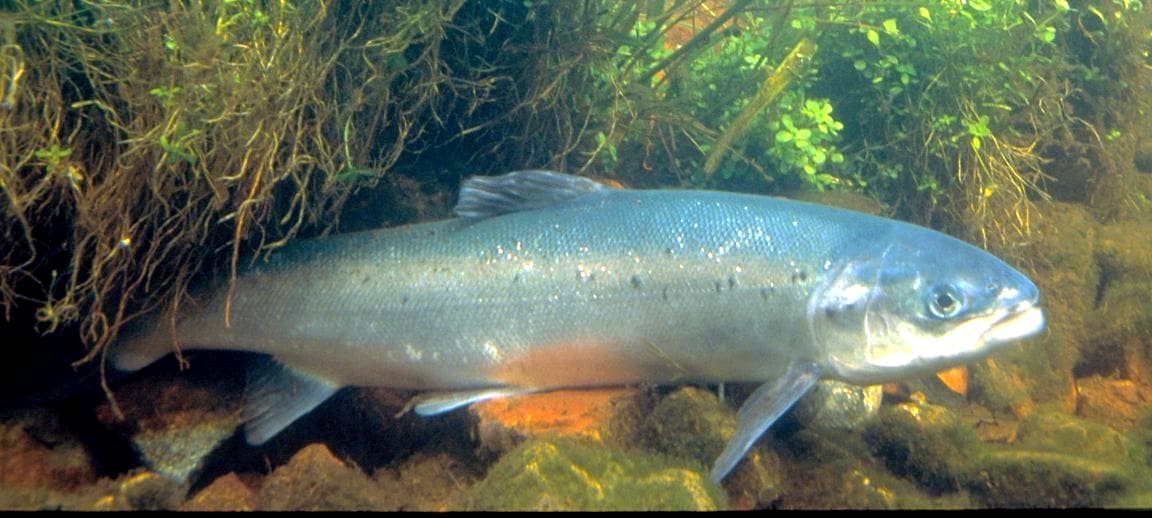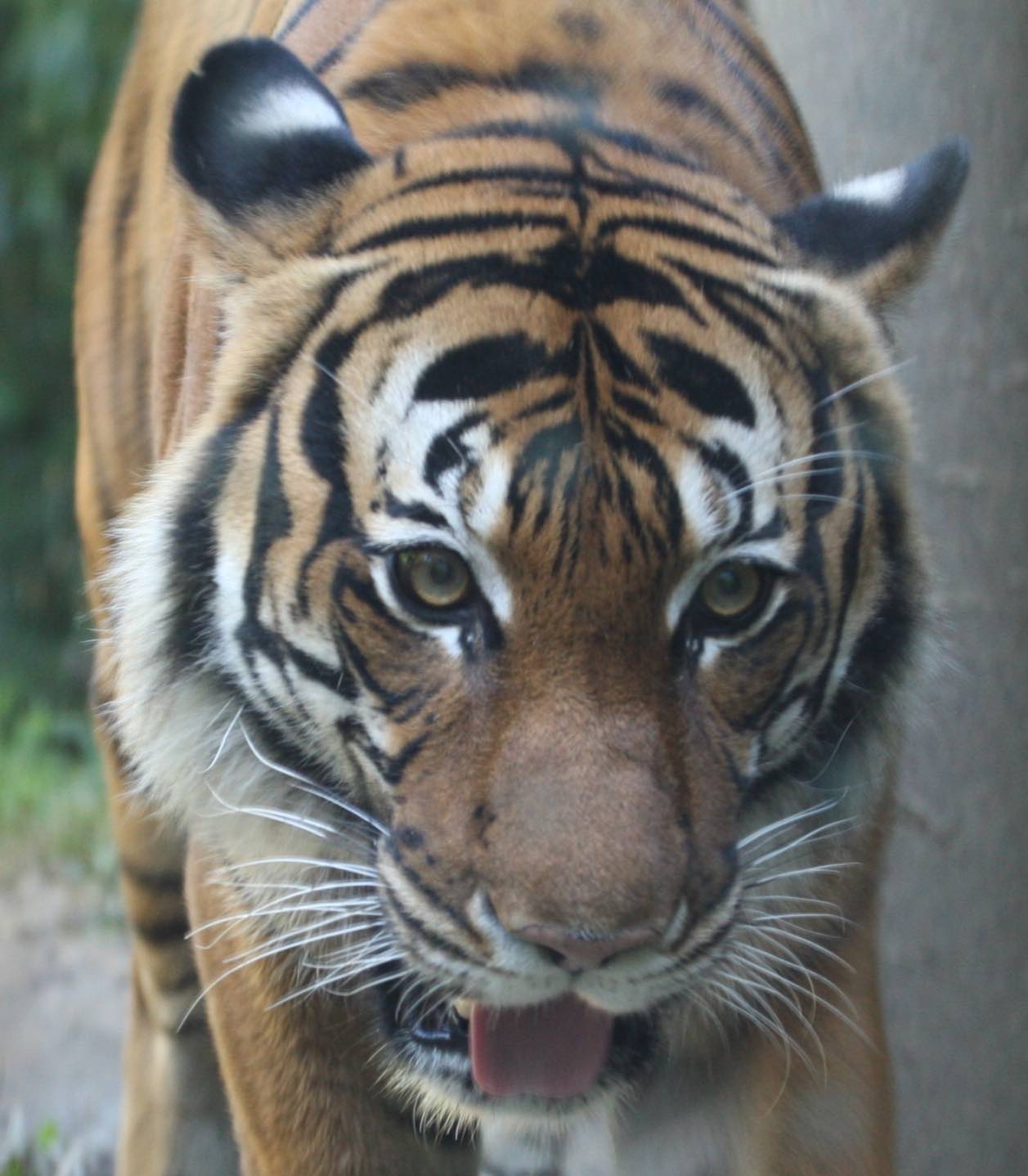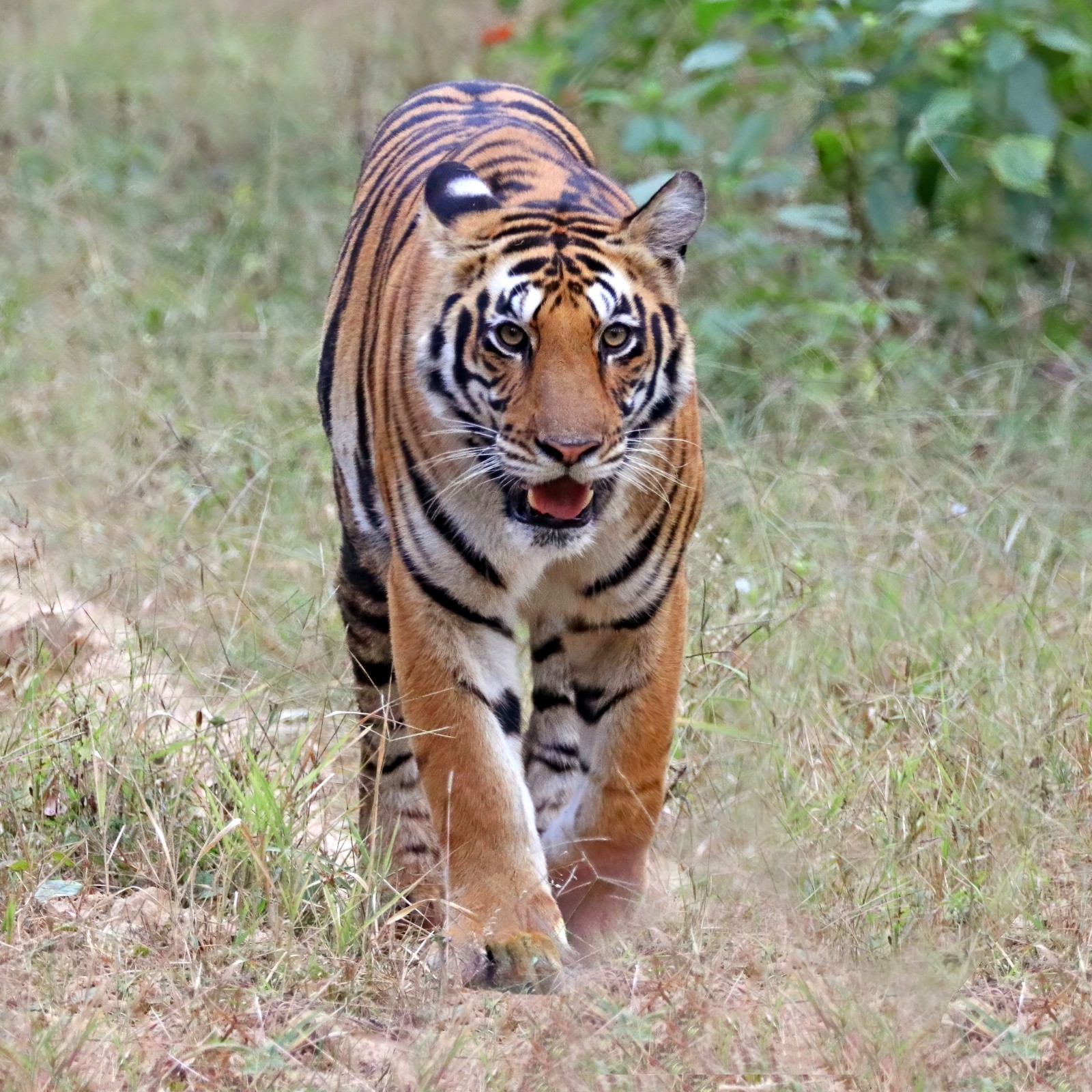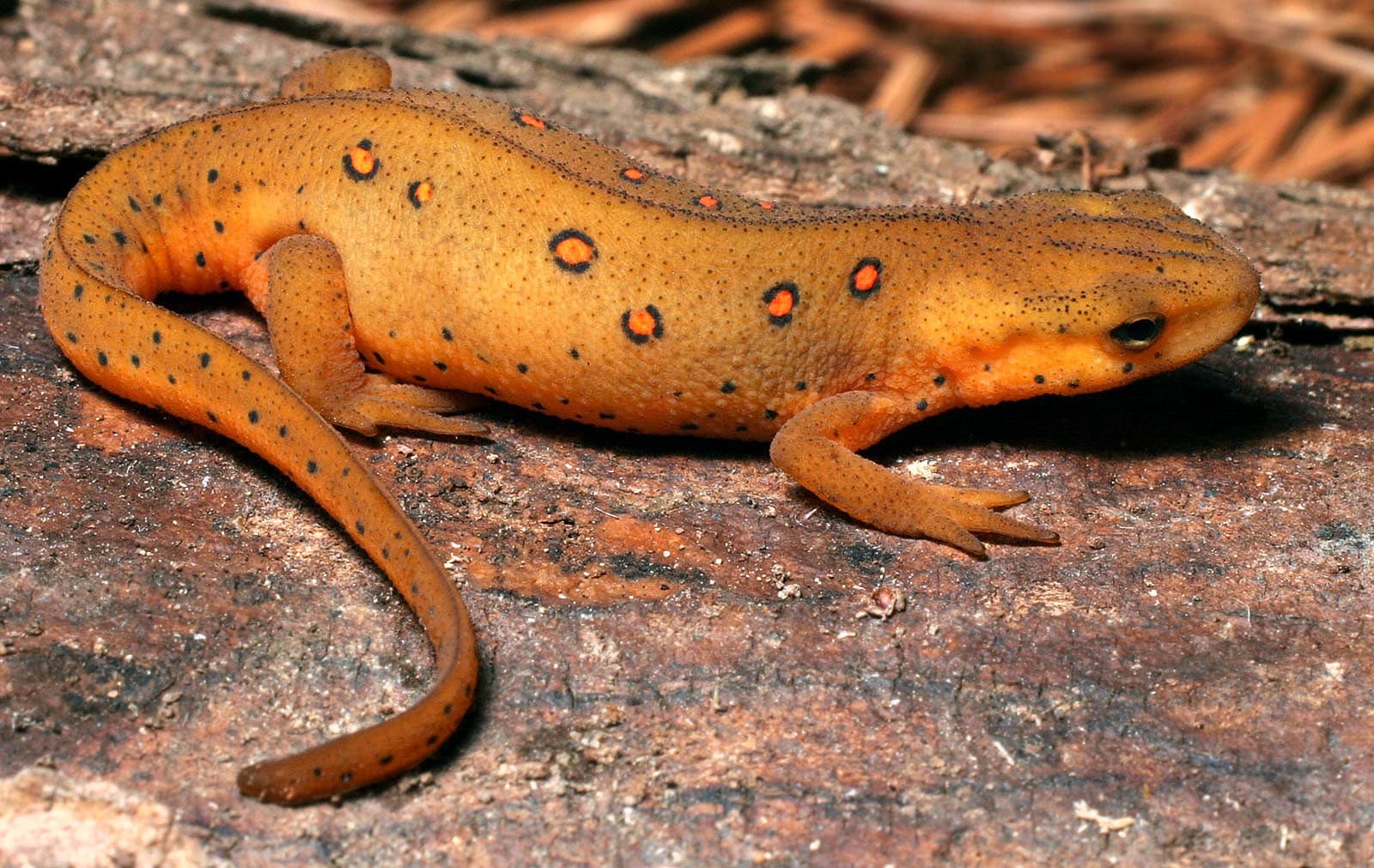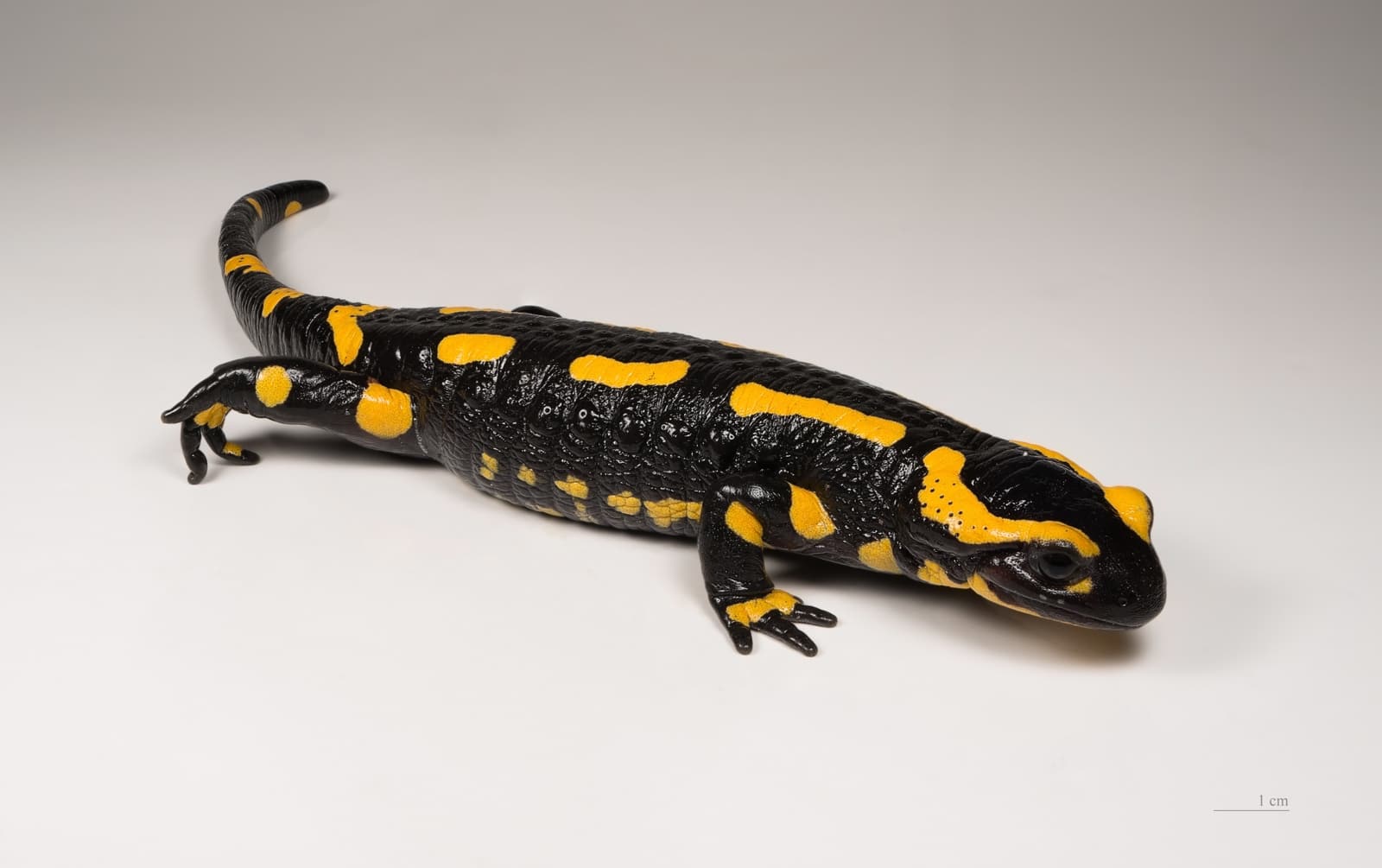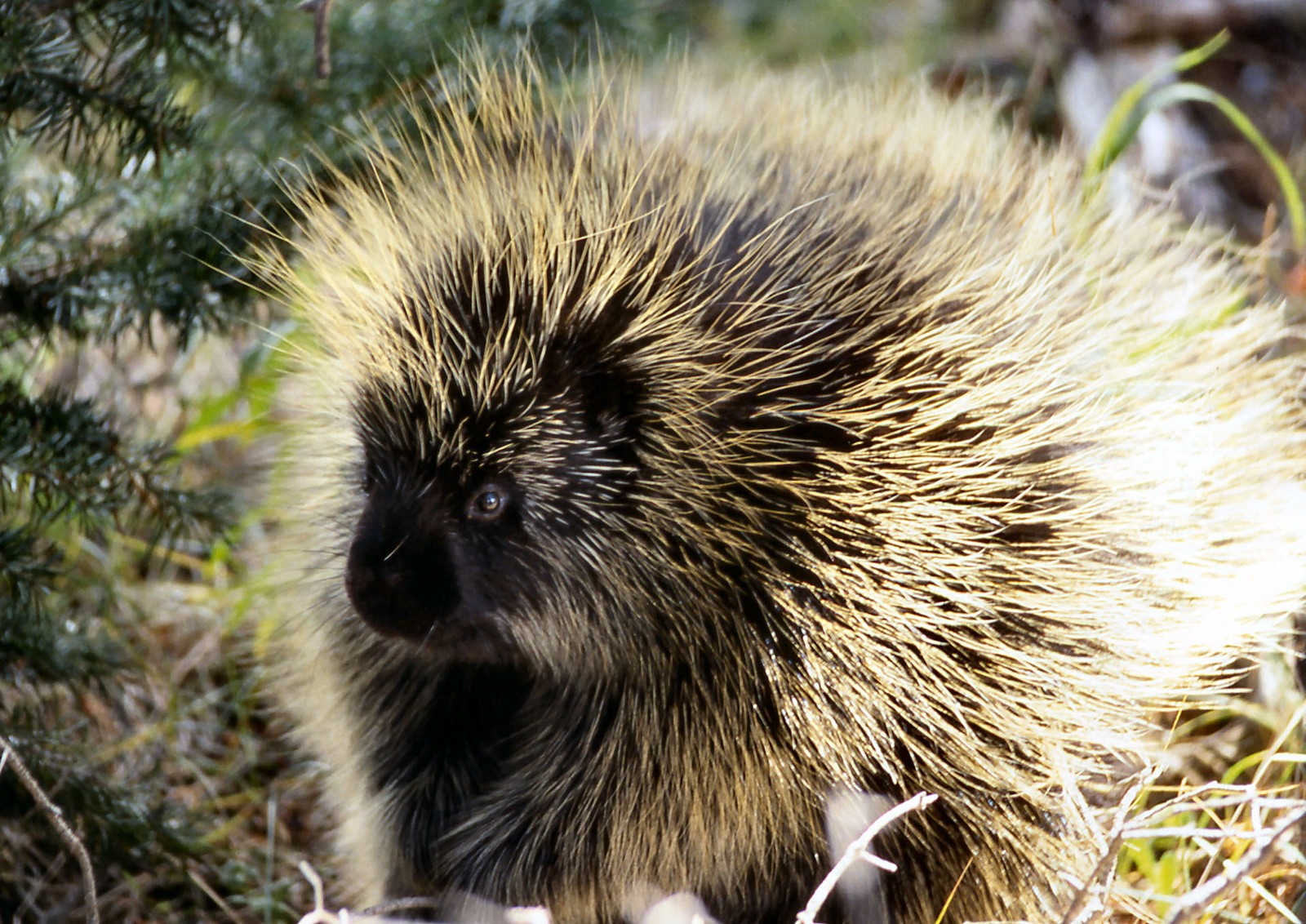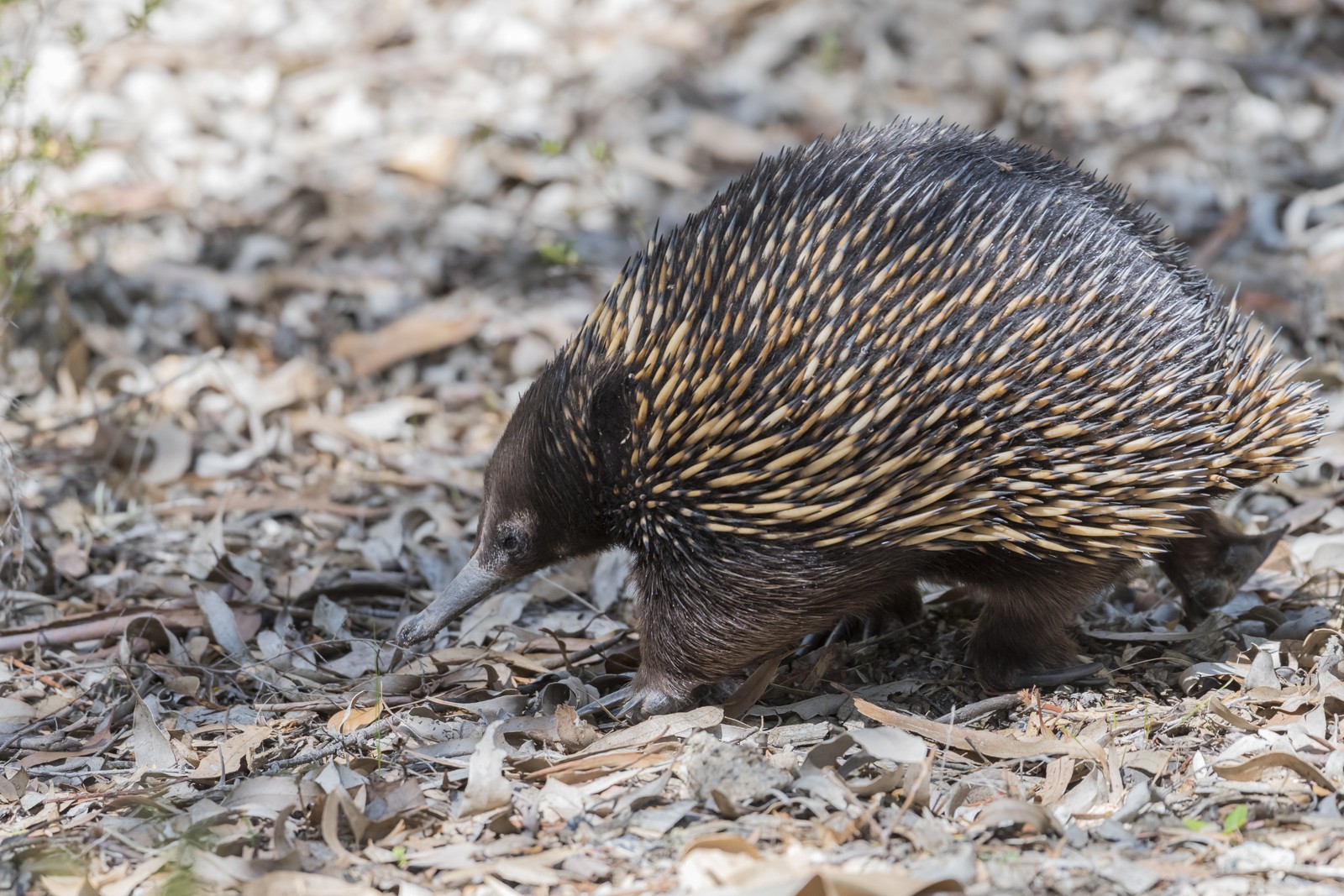Cuscus vs Possum: A Complete Comparison
When comparing Cuscus vs Possum, we’re examining two distinct marsupial families that evolved along separate evolutionary paths. While both are nocturnal tree-dwellers, Cuscuses are found exclusively in tropical regions of Australia and Southeast Asia, reaching weights up to 13 pounds (6 kg), while Possums have adapted to diverse habitats across the Americas, typically weighing 4-14 pounds (1.8-6.4 kg).
These remarkable marsupials showcase how similar ecological niches can produce different adaptations across continents. Cuscuses are known for their slow, deliberate movements and powerful gripping hands, while Possums have developed more versatile climbing abilities and opportunistic feeding strategies.
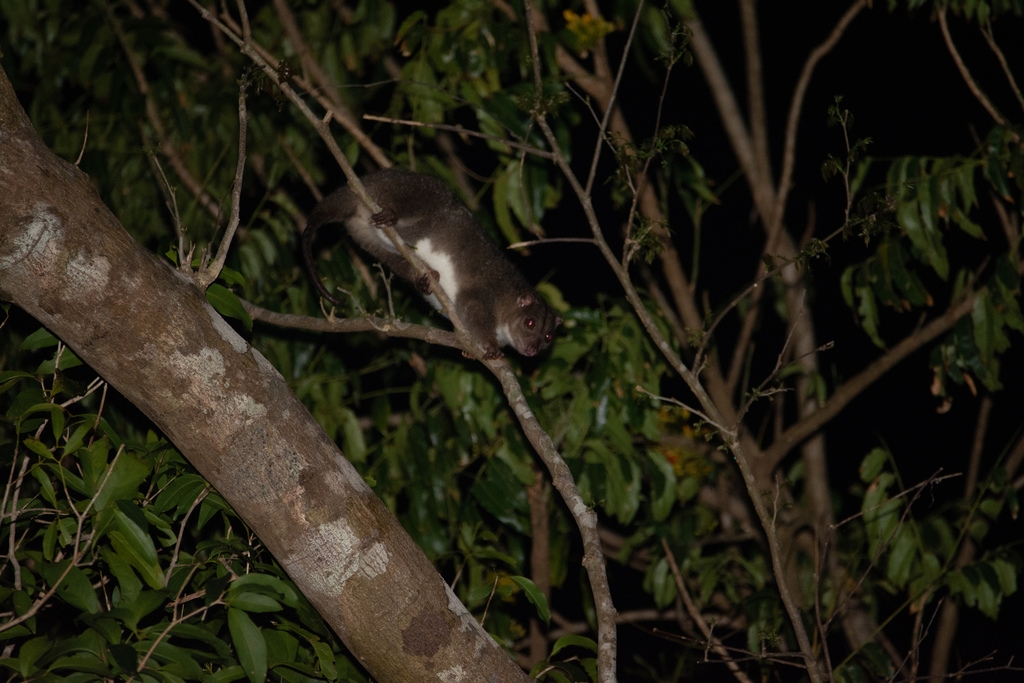
© Edward Bell / CC BY 4.0
The Spotted Cuscus demonstrates the characteristic slow, methodical movement pattern typical of these rainforest dwellers. Note the powerful grip and thick fur adapted for life in tropical canopies.
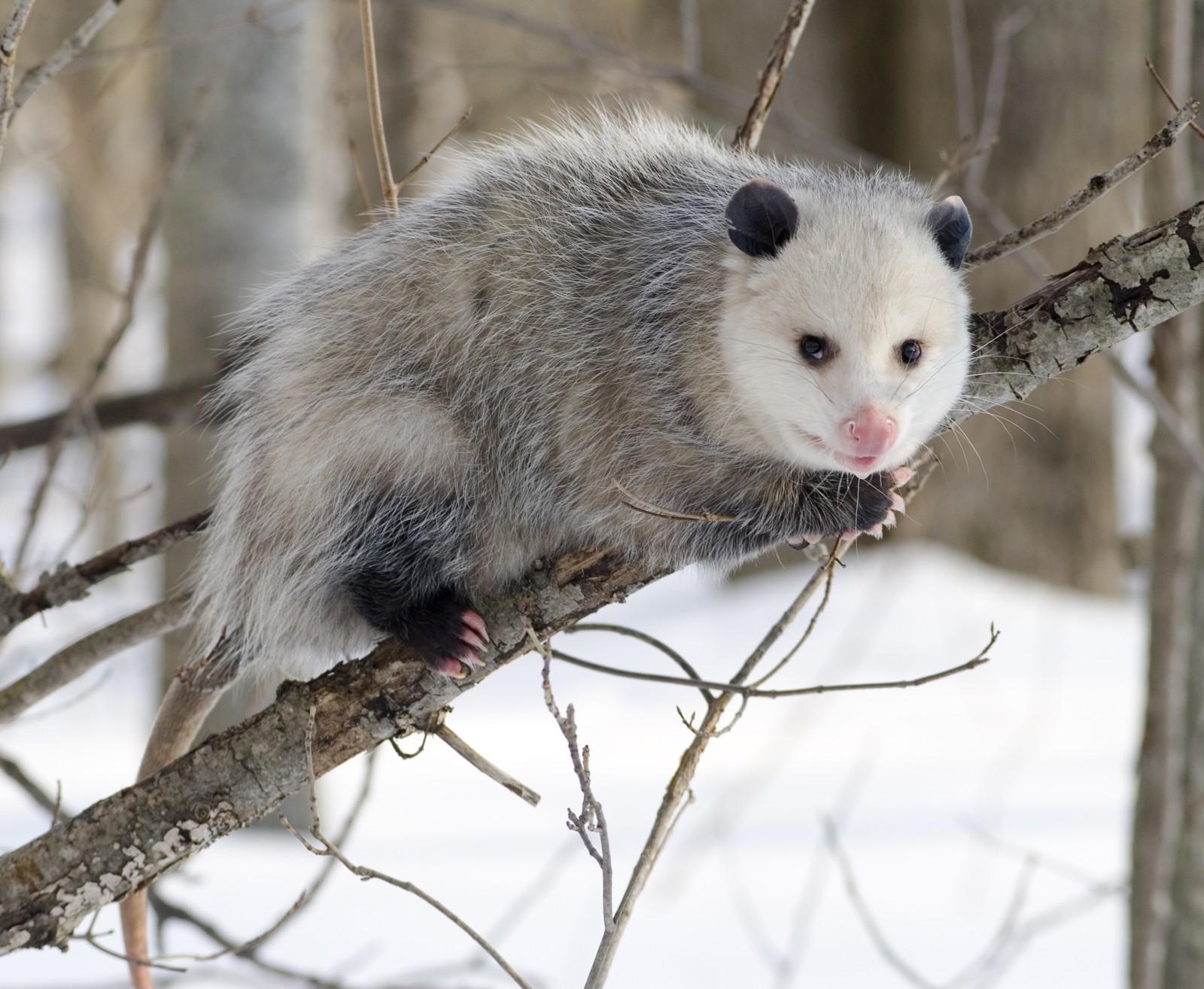
© Cody Pope / CC BY-SA 2.5
The Virginia Opossum showcases adaptations for varied climates, including its dense winter coat and versatile climbing abilities that allow survival in both urban and wilderness environments.
Key Differences Between Cuscus and Possum
| Feature | Cuscus | Possum |
|---|---|---|
| Size | 13-24 inches (33-61 cm) | 13-37 inches (33-94 cm) |
| Weight | 6-13 pounds (2.7-6 kg) | 4-14 pounds (1.8-6.4 kg) |
| Habitat | Tropical rainforests | Varied: forests, suburbs, grasslands |
| Diet | Mainly herbivorous | Omnivorous |
| Movement Speed | Slow and deliberate | Quick and agile |
| Distribution | Australia, SE Asia | Americas |
Habitat and Distribution
Cuscuses are strictly tropical creatures, inhabiting the dense rainforest canopies of northern Australia, Papua New Guinea, and nearby islands. They rarely descend to the forest floor, spending nearly their entire lives in the treetops. In contrast, Possums have adapted to diverse environments across the Americas, from Canadian forests to Argentine grasslands, and have successfully colonized urban areas.
Physical Adaptations
Climbing Abilities
Cuscuses possess specialized adaptations for their arboreal lifestyle, including:
- Strong, curved claws
- Rough skin pads on feet
- Prehensile tail for balance
Possums show different climbing adaptations:
- More flexible ankle joints
- Opposable thumbs on rear feet
- Partially prehensile tail for balance
Dietary Differences
Cuscuses are primarily herbivorous, with a diet consisting of:
- Leaves (70% of diet)
- Fruits
- Flowers
- Occasional insects
Possums display opportunistic omnivorous feeding:
- Insects and small vertebrates
- Fruits and berries
- Carrion
- Human food waste in urban areas
Behavior and Intelligence
Cuscuses and Possums show distinct behavioral patterns that reflect their evolutionary histories. Cuscuses are generally solitary, slow-moving, and shy, while Possums demonstrate more adaptive behaviors and can thrive in human-modified environments.
Defense Mechanisms
- Cuscuses rely primarily on camouflage and slow movement to avoid detection
- Possums employ their famous “playing dead” behavior when threatened
Conservation Status
While both species face challenges from habitat loss, their conservation status differs significantly:
- Several Cuscus species are considered vulnerable or endangered
- Most Possum species maintain stable populations, particularly in urban areas
Who Would Win in an Encounter?
While direct confrontations between these species would never occur naturally due to geographic separation, a theoretical comparison of defensive capabilities shows:
- Cuscuses have stronger grips and more powerful bites
- Possums possess greater agility and more diverse defensive strategies
- Neither species is naturally aggressive toward similar-sized mammals
The true “winners” are both species in their respective ecological niches, having evolved perfectly suited adaptations for their environments.
Frequently Asked Questions
Are Cuscus and Possum the same animal?
No, while both are marsupials, they belong to different families and evolved separately on different continents.
Which is bigger: Cuscus or Possum?
Some Possum species can grow larger than Cuscuses, with the largest Possums reaching 37 inches (94 cm) compared to the largest Cuscus at 24 inches (61 cm).
Can Cuscus and Possum be kept as pets?
Neither species is suitable as a pet. Most regions prohibit keeping Cuscuses as pets, while Possums are protected wildlife in their native ranges.
